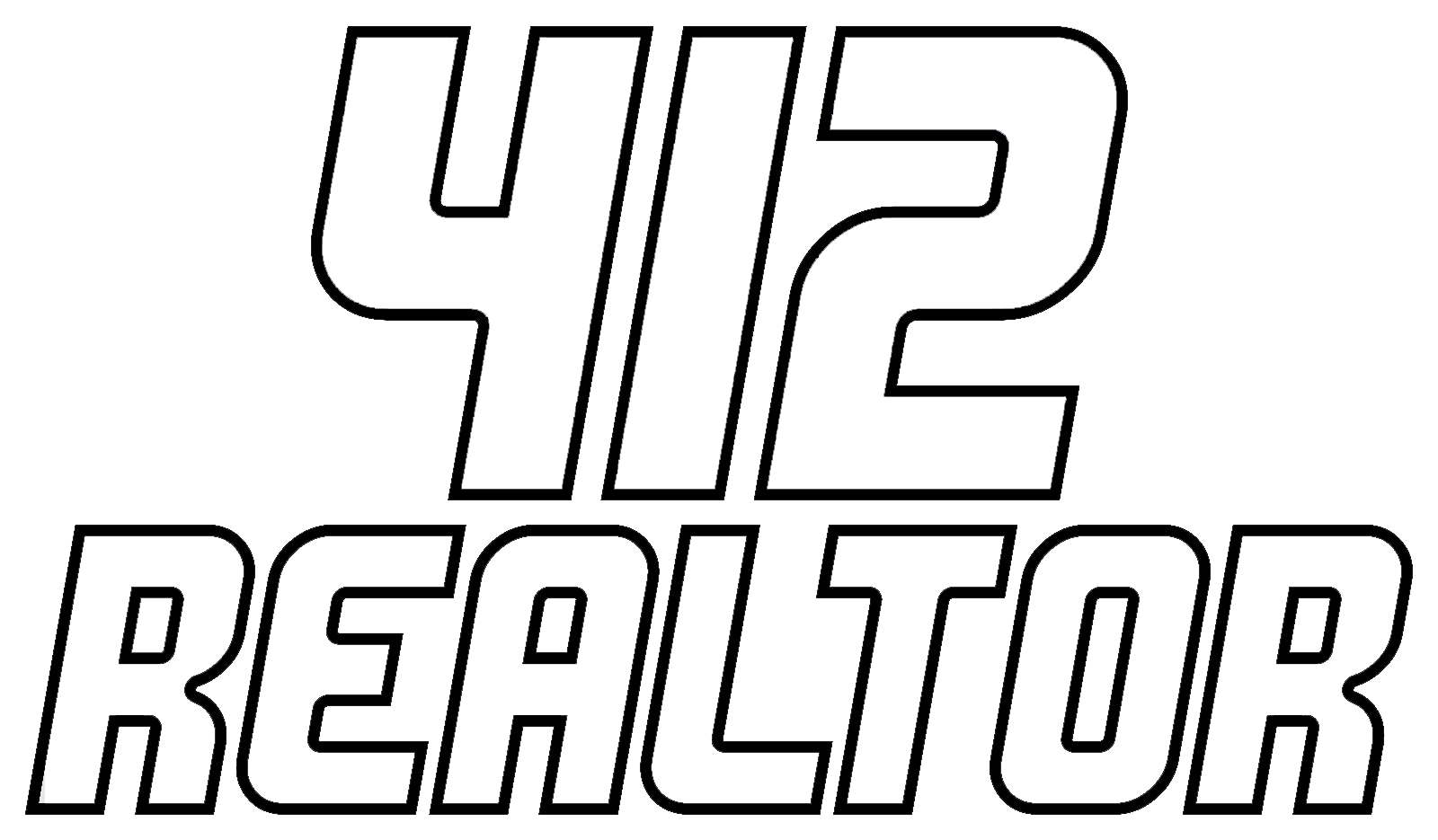Buying a home is one of the biggest financial steps you’ll take—but saving for a down payment can be a major hurdle. The good news? You don’t have to go it alone. Down payment assistance (DPA) programs are designed to help homebuyers—especially first-timers—bridge the gap and get into a home sooner.
In this post, we’ll break down how these programs work, who qualifies, and how to find one that fits your situation.
What Is Down Payment Assistance?
Down payment assistance is financial help—either as a loan, grant, or matched savings program—that helps buyers cover part (or all) of the upfront down payment cost required when purchasing a home. These programs are typically offered by:
- Local and state housing authorities
- Nonprofit organizations
- Certain lenders and credit unions
- Employer housing programs
Local and state housing authorities
Nonprofit organizations
Certain lenders and credit unions
Employer housing programs
Types of Down Payment Assistance
There are several kinds of DPA programs. Here’s a breakdown:
- Grants
No repayment required. This is free money for your down payment.
Often income or location-based.
- Forgivable Loans
Loans that are forgiven after a certain number of years, as long as you meet conditions (like living in the home).
No monthly payments.
- Deferred Payment Loans
You don’t repay the loan until you sell or refinance your home.
No interest in many cases.
- Low-Interest Loans
Second mortgages with favorable interest rates and monthly payments.
Who Qualifies for Down Payment Assistance?
Eligibility requirements vary by program, but most commonly include:
- First-time homebuyer status (often defined as not owning a home in the past 3 years)
- Income limits (usually a percentage of your area’s median income)
- Credit score minimums (typically 620 or higher)
- Completion of a homebuyer education course
Some programs are also targeted toward teachers, first responders, military personnel, or residents of specific neighborhoods.
How to Apply for Down Payment Assistance
- Start early. DPA applications can take time.
- Check with your state or local housing agency. They often have an online tool to find programs.
- Talk to your lender. Many lenders participate in DPA programs and can guide you through the options.
- Complete any required courses. Most programs require homebuyer education.
- Gather financial documents. Income, tax returns, and credit history will usually be reviewed.
Pros and Cons of Down Payment Assistance
Pros:
Lowers upfront cost of buying a home
Makes homeownership more accessible
May allow you to buy sooner
Cons:
May limit your choice of lenders or homes
Additional paperwork and qualifications
Some options may come with resale or occupancy restrictions
Final Thoughts
If a down payment is holding you back, down payment assistance might be the key to unlocking your homeownership journey. With the right program, you could be moving into your dream home sooner than you think—without draining your savings.
Need help finding down payment assistance programs in your area? Let us know your location, and we’ll help point you in the right direction.




